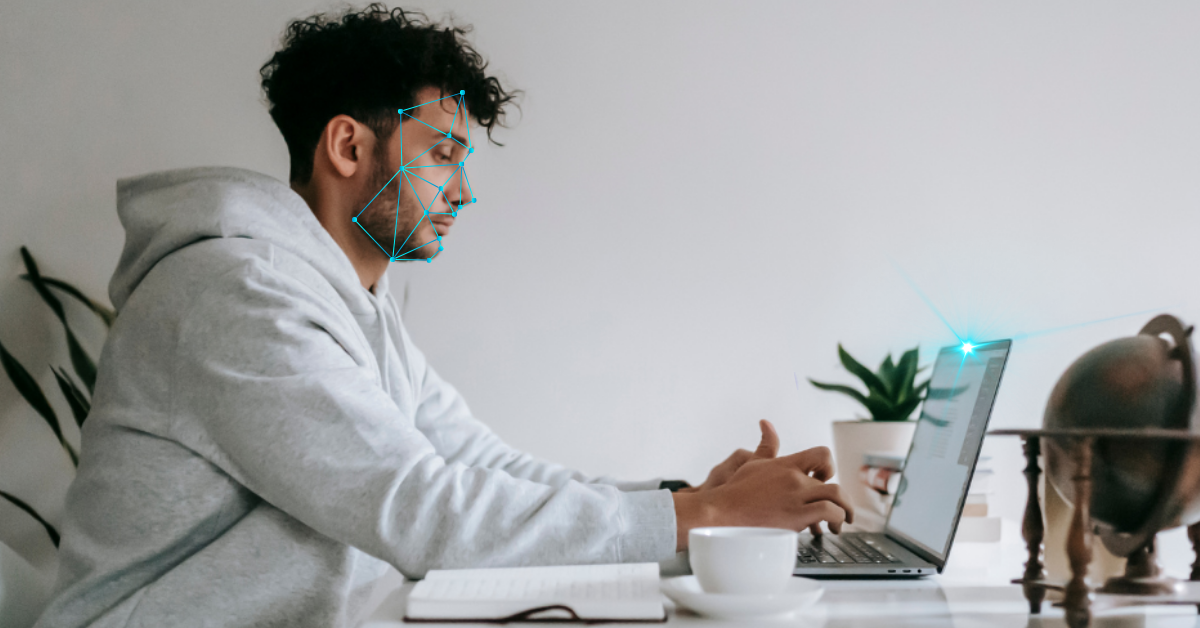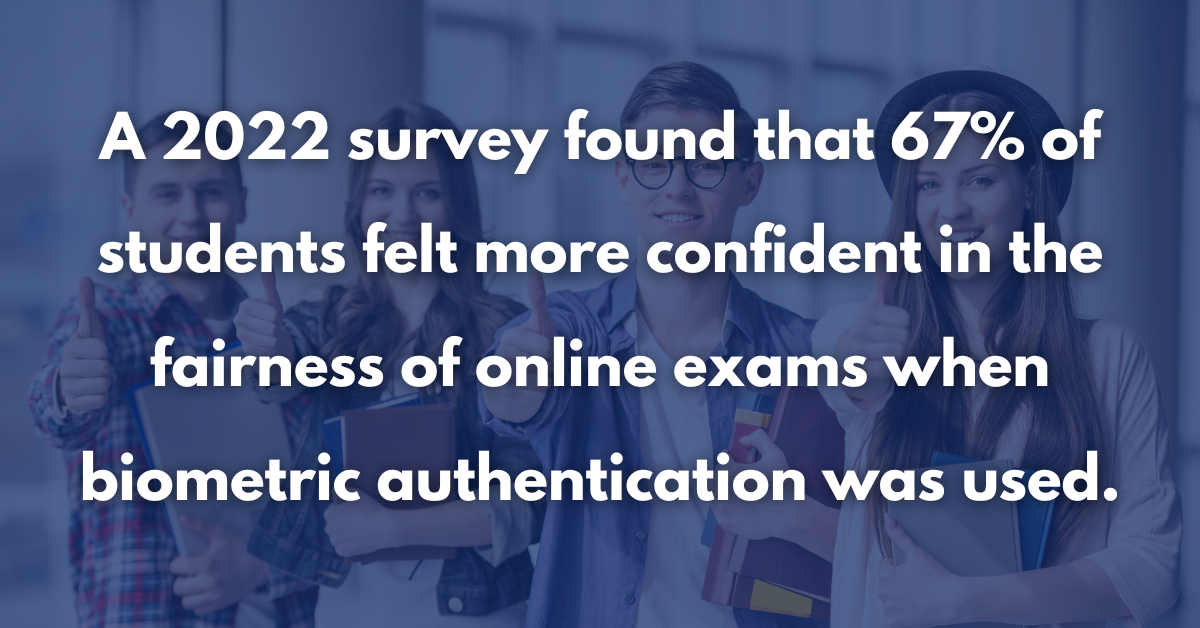Categories
The shift to online education has revolutionized learning but introduced significant challenges in maintaining exam integrity. Remote test authentication, powered by biometric technologies like facial recognition, voice patterns, or fingerprints, offers a robust solution to verify student identities and prevent cheating.
This article explores how remote test verification operates, its necessity in the digital era, real-world applications, benefits, challenges, global adoption trends, and future innovations shaping secure online assessments in 2025.

Remote test authentication for online exams leverages unique biometric traits—such as facial features, voice signatures, or fingerprints—to confirm a student’s identity during virtual assessments. Students enroll their biometric data through a secure platform before the exam, which is then verified in real time during the test session using tools like webcams or microphones.
This approach addresses the vulnerabilities of traditional methods like passwords or ID cards, which can be shared or stolen, ensuring that only registered students participate and upholding academic fairness in remote learning environments.
The digital transformation of education has amplified the need for remote test verification when conducting online exams to combat fraud and maintain credibility.
A 2024 study in India revealed that 55% of students engaged in cheating during online exams, often through impersonation or unauthorized collaboration, underscoring the urgency for robust remote test verification systems to ensure exam integrity.
Unlike in-person exams, remote tests lack direct proctoring, increasing risks of students using external resources or proxies. Remote test authentication for virtual exams mitigates this by continuously verifying identities throughout the test duration.
Traditional authentication methods, such as passwords, are easily compromised, enabling others to take exams on a student’s behalf. Biometric-based remote test authentication when testing eliminates this risk by tying identity to unique biological traits.
With platforms like Udemy and Khan Academy serving millions globally, remote test verification for large-scale exams is essential to maintain the credibility of certifications, particularly for professional qualifications impacting career prospects.
Along with in-person exams, biometric remote test verification is being deployed worldwide to secure online exams, ensuring fairness in digital education.
Pearson VUE, a global leader in professional certification, employs facial recognition for remote test authentication in its online proctoring services.
A 2024 Pearson VUE report detailed that candidates undergo a facial scan before and during exams, matched against their ID photo, securing high-stakes tests like CompTIA and medical certifications with a 98% fraud detection rate.
ProctorU, a leading online proctoring provider, uses facial recognition and voice biometrics for remote test verification.
According to a 2023 Campus Technology article, ProctorU’s system verifies student identities by comparing live scans to registered data, serving institutions like Southern New Hampshire University and reducing cheating incidents by 85% in 2024.
Remote test verification for online assessments delivers significant advantages, enhancing security, efficiency, and fairness in virtual education.
Adopting remote test verification for online exams presents several hurdles that must be addressed to ensure equitable and effective implementation.
Students may hesitate to share biometric data for remote test verification due to fears of data breaches, as seen in the 2024 Indian NEET data leak, which exposed biometric records of 2 million candidates, eroding trust in such systems.
Unreliable internet or low-quality devices, like outdated webcams, can disrupt remote test authentication when verifying identities, with a 2023 study reporting 12% of online exam sessions failing due to technical glitches, potentially excluding legitimate students.
Students in rural or low-income regions often lack access to high-speed internet or advanced devices required for remote test authentication for exams. A 2024 UNESCO report highlighted that 38% of South Asian students faced barriers to online education due to infrastructure gaps, creating access disparities.
Deploying biometric remote test verification systems requires significant investment in hardware, such as high-resolution cameras or voice sensors, with a 2024 EdTech study estimating annual costs of $60,000 for a mid-sized institution, limiting adoption for smaller schools.
Remote test authentication is gaining traction globally as institutions prioritize secure online assessments.
In the U.S., 70% of online universities used biometric proctoring for remote exams by 2025, per a 2024 Educause report, driven by the post-COVID surge in digital learning.
In Asia, India’s All India Council for Technical Education piloted iris-based remote test verification in 2024, reducing fraud by 25% in engineering entrance exams, according to X posts.
In Europe, GDPR compliance has tempered adoption, with only 25% of universities using biometrics for remote test authentication when conducting exams, reflecting regulatory constraints but growing interest in privacy-compliant solutions.

The future of remote test authentication for online exams is set to evolve with technological advancements. Multimodal biometrics, combining facial recognition with voice or behavioral traits like typing patterns, will enhance accuracy and security. AI-powered liveness detection, detecting real-time human presence, will counter spoofing attempts, such as using photos to bypass facial scans. Blockchain integration with remote test verification when verifying identities could provide immutable exam records, ensuring transparency and auditability, as proposed in a 2024 IEEE study for online certifications.
Remote test authentication is transforming academic integrity in 2025, offering a robust defense against cheating in online exams. From Pearson VUE’s facial recognition to India’s iris-based pilots, remote test authentication for virtual assessments proves its value in securing digital education. However, overcoming privacy concerns, technical barriers, infrastructure gaps, and high costs is critical for global adoption.
By prioritizing secure, equitable, and accessible solutions, remote test authentication when testing can ensure fair, trusted assessments, shaping a future where online education is both credible and inclusive worldwide.